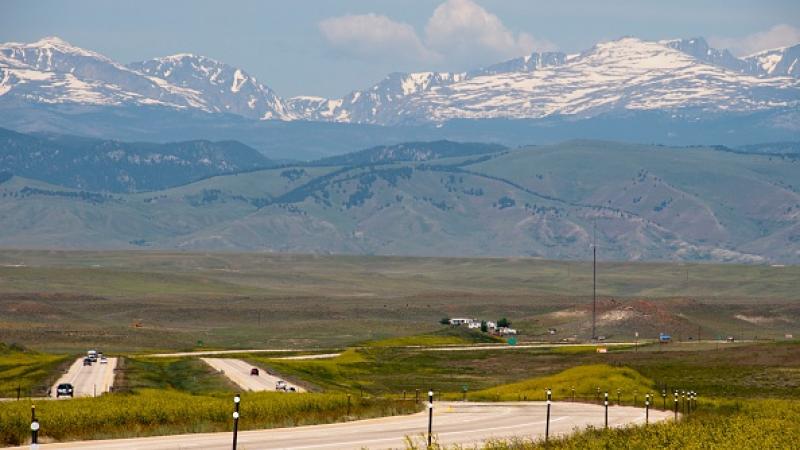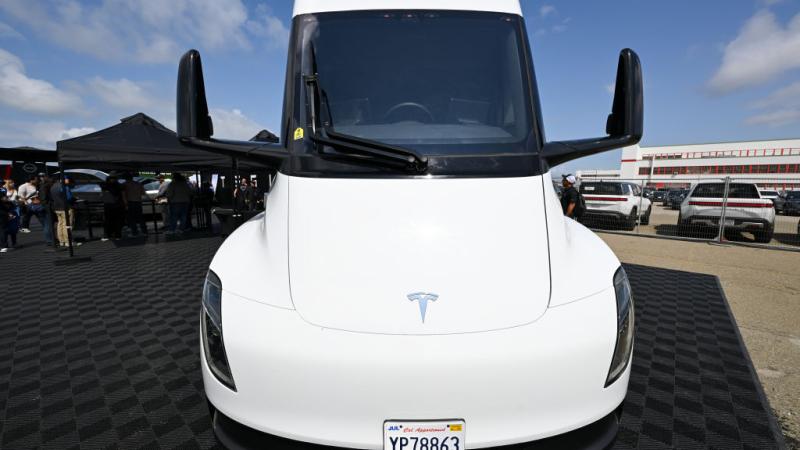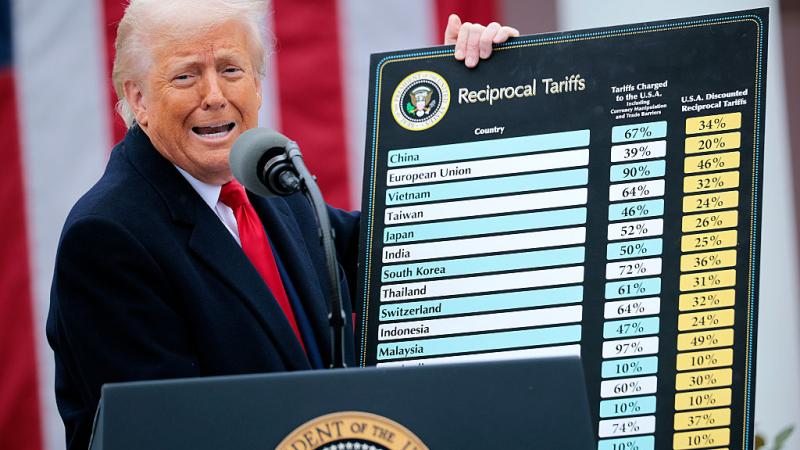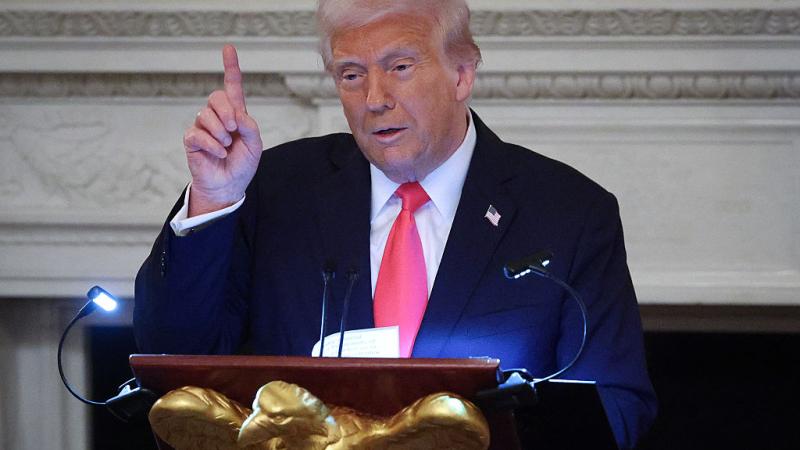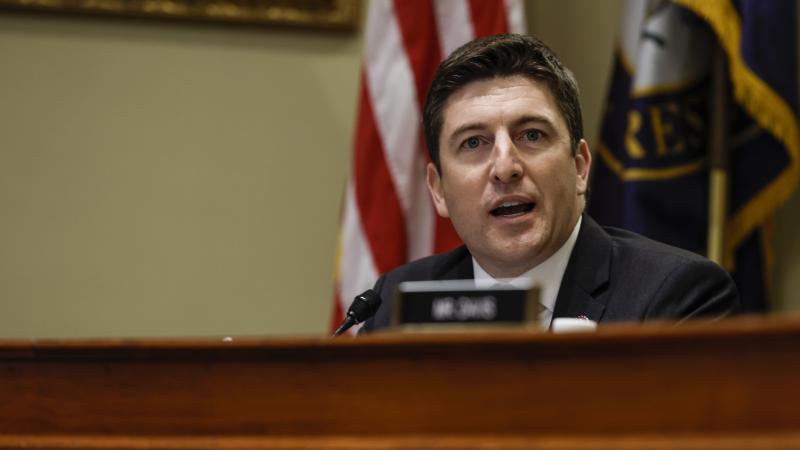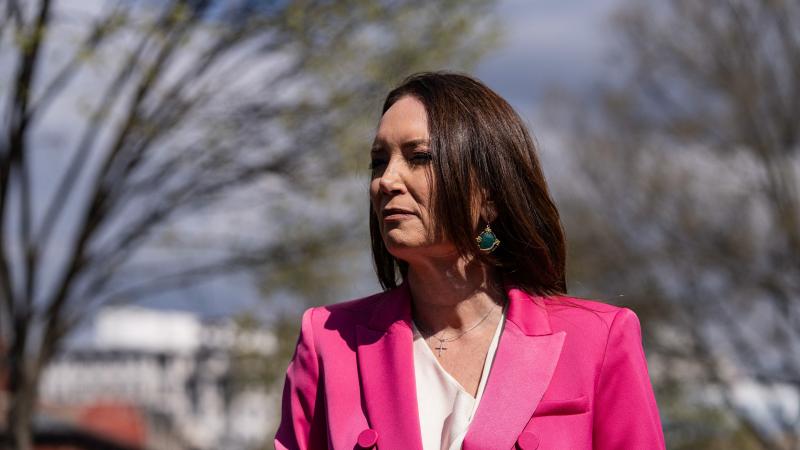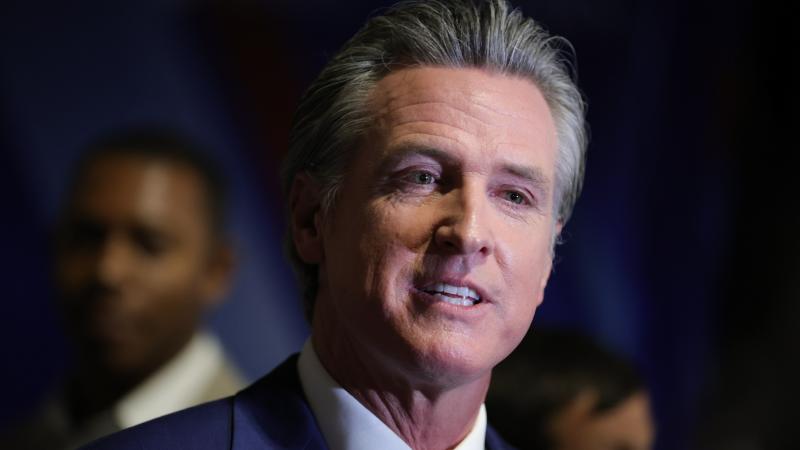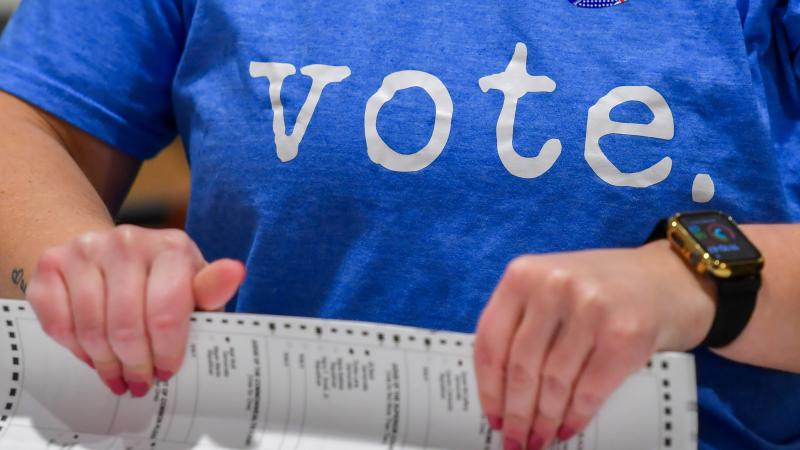Experts say when you factor in ‘hidden costs’ of intermittent wind power, Trump is right about costs
Reports in the media and claims by renewable energy proponents claiming wind is cheaper cite levelized cost of energy studies, which don't factor in the costs of ensuring a reliable electricity supply using intermittent generators.
President-elect Donald Trump caused quite a stir this week with his comments about the wind industry during a press conference at Mar-a-Lago. Trump compared wind farms to “dropping garbage in a field” and said wind developers are “getting rich” off of government subsidies that the projects receive.
Trump also argued that wind energy is the most expensive form of energy, far more expensive than “clean natural gas.” Experts doing full analyses of all the costs associated with putting wind and solar farms on the grid tell Just the News that Trump is correct.
Electricity rates
The New York Times called the press conference “meandering” and, though Trump made no mention of the amount of wind energy the U.S. has on the grid, the Times reporters stressed that wind accounted for 22% of the electricity generated in Texas and 59% in Iowa.
The Times reporters also claimed that wind power is one of the “lowest-cost sources of electricity in the United States,” citing the Department of Energy. While they provided figures of the growth of wind energy in the U.S., the Times reporters never discuss electricity rates, which would be expected to be falling if increased wind was producing cheaper electricity.
A Lawrence Berkeley National Laboratory report released this week finds that between 2019 and 2023, the average U.S. retail electricity prices, which includes costs to homes, businesses and industries, increased in line with inflation. But the rates for residential customers rose higher than inflation. Some states, such as renewable-powered California, saw rates increase more than 8% compared to the national average of 4.8%, and there was no decrease in electricity prices anywhere.
Subsidies
The Times article also didn’t discuss why the wind industry needs so much ongoing federal taxpayer support — a point Trump stressed during the press conference — if it is producing much more cost-competitive electricity.
“They [wind farms] only work if you get subsidy. The only people that want them are the people that are getting rich off windmills, getting massive subsidies from the US government,” Trump said.
According to energy expert Robert Bryce, since 2017 the costs of federal subsidies for wind and solar power have increased 21-fold. The estimated cost of annual tax expenditures for the production tax credit, which is a tax credit paid to wind and solar farms on a per kilowatt hour, will rise from $9.3 billion in 2025 to $44.8 billion in 2034.
Oil and gas companies also receive subsidies, but the U.S. Energy Information Administration (EIA) found that federal subsidies and incentives to support renewable energy in fiscal year 2022 were almost 5 times higher than those for fossil energy.
Levelized cost of energy
While the Times linked to no specific report or document to substantiate the claim that wind energy is among the cheapest, the EIA, which is a statistical agency within the DOE, produces an analysis of the levelized cost of energy, which shows that wind and solar are cheaper than natural gas-fired generation.
However, the analysis excludes any costs associated with placing intermittent sources on the grid. This includes transmission lines, battery storage, and overbuilding of capacity to ensure enough power when the wind is blowing or the sun is shining. In its analysis the EIA explicitly states that direct comparisons across technologies are “misleading as a method to assess economic competitiveness.”
Isaac Orr, vice president of research at Always On Energy, and Mitch Rolling, director of research at Always On, have conducted several analyses of the actual costs of wind and solar, factoring in what they call the “hidden costs” associated with maintaining a reliable electricity supply using intermittency of renewable energy. They publish these analyses on their “Energy Bad Boys” Substack.
Rolling told Just the News it’s “surprising” that so many reporters in the legacy media regularly rely on the limited LCOE analysis.
“You would hope journalists would gain an understanding of the data they use before reporting on them. Because of a lack of understanding of what LCOE is and how it should be used, LCOE has become one of the most misrepresented metrics in the country,” Rolling said.
Most recently, the pair calculated the cost per megawatt hour of new wind and solar farms compared to existing natural gas in New England. Their modeling shows that onshore wind costs $240 per megawatt hour, solar costs $357 per megawatt hour and offshore wind costs $436 per megawatt hour. That’s compared to $98 per megawatt hour for a natural gas turbine, or $37 per megawatt hour for a gas peaker plant, which are natural gas-powered plants turned on as needed when demand exceeds supply. The average home in the Northeast uses 8 megawatt hours of electricity per year.
The highest hidden costs, according to Rolling and Orr, is the cost overbuilding and curtailing generation. The grid has to have lots of wind and solar farms to utilize the right weather conditions when they happen, and then when the weather is such that too much electricity is produced, it has nowhere to go and must be curtailed.
Unrealistic assumptions
In another analysis, Rolling and Orr look at the actual cost of wind energy compared to another LCOE report by the financial firm Lazard. Lazard’s report provides a range of estimated cost per megawatt hour from $27 to $73. Mitch and Rolling’s examination finds Lazard’s report uses “unrealistic assumptions,” underestimating the capital costs and overestimating the useful life of the turbines. A realistic estimated cost, according to Mitch and Rolling, is $72 per megawatt hour — 44% higher than Lazard’s low-end estimate and slightly lower than the firm’s high-end estimate.
As with the EIA, Lazard also explains on page 8 of their report the limitations of its study.
“Other factors would also have a potentially significant effect on the results contained herein, but have not been examined in the scope of this current analysis. These additional factors, among others, may include: implementation and interpretation of the full scope of the IRA; economic policy, transmission queue reform, network upgrades and other transmission matters, congestion, curtailment or other integration-related costs; permitting or other development costs, unless otherwise noted; and costs of complying with various environmental regulations (e.g., carbon emissions offsets or emissions control systems),” the report states.
Rolling said that, despite these explicit statements on the shortcomings of LCOE, the reports are regularly cited by renewable energy proponents and journalists claiming wind and solar are the cheapest forms of energy.
“Despite being warned by the Energy Information Administration and Lazard that LCOE comparisons should not be made between dispatchable and non-dispatchable power generators because of the difference in value both bring to the grid, many people continue to use LCOE to do just that, spreading a false narrative that wind and solar are the cheapest forms of energy to run a grid with,” Rolling said.
The Facts Inside Our Reporter's Notebook
Links
- comments about the wind industry
- New York Times called
- report released this week
- costs of federal subsidies
- per kilowatt hour
- 5 times higher than those for fossil energy
- analysis of the levelized cost of energy
- Always On Energy
- Energy Bad Boys
- calculated the cost per megawatt hour
- uses 8 megawatt hours of electricity per year
- analysis
- LCOE report by the financial firm Lazard


